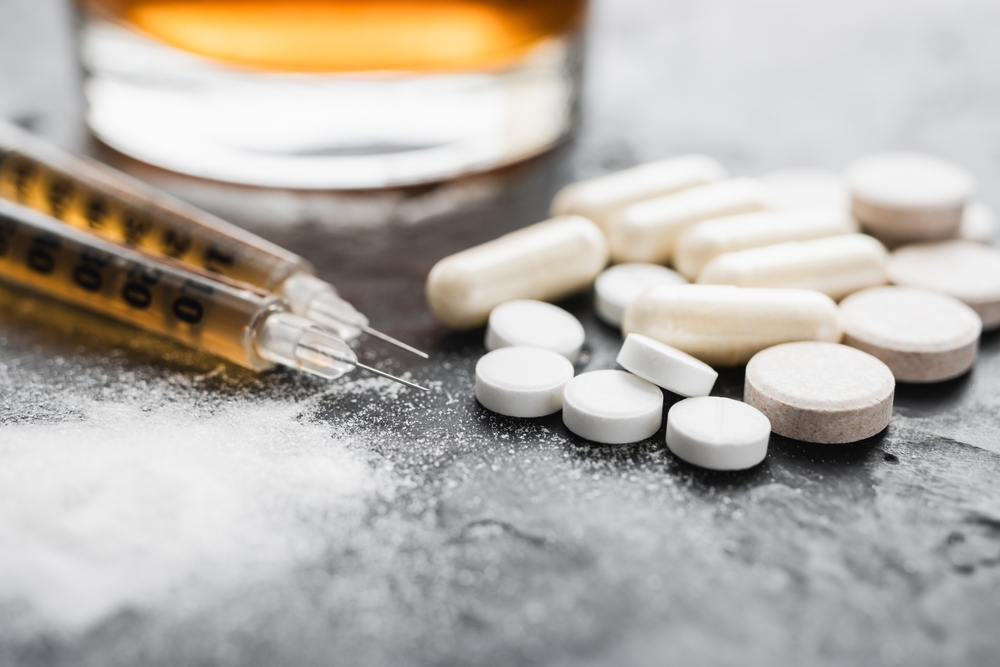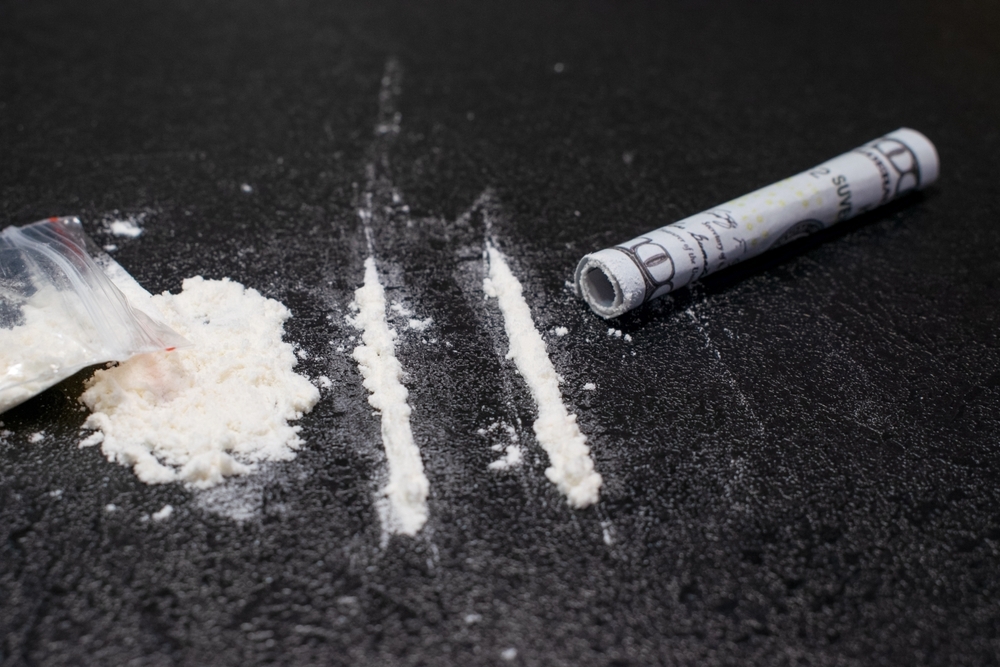Last Updated:
May 14th, 2025

Heroin is the most commonly used opiate drug in the world, making up three-quarters of global opiate usage. Each year, hundreds of thousands of lives are lost due to opioid overdoses, highlighting the need for a broader understanding of the inherent dangers of opioids.
We’re outlining the factors that influence a person’s risk of overdose and the steps to take in the case of an opioid overdose emergency.
How do we define an overdose?
An overdose is the body’s response when too much of a drug is taken. The body registers the introduction of the substance as toxic and quickly becomes overwhelmed. A person experiencing an overdose can become unresponsive to stimulation, and breathing becomes inadequate.
While not all overdoses are fatal, medical support from professionals should always be sought if an overdose is suspected or has happened.
What are the unique dangers inherent to opioid overdoses?
Heroin is an addictive and extremely dangerous type of opioid. Using an opioid just once can quickly lead a person into heroin addiction or opioid use disorder (OUD), a problematic pattern of use that carries profound risks.
An opioid overdose leads to a myriad of life-threatening outcomes. The veins in the body can collapse, stunting blood flow and stopping oxygen supply. Opioid use is linked to the part of the brain that regulates breathing, so overdosing creates immediate dangers of oxygen deprivation. In fact, if the brain doesn’t receive oxygen for just four minutes, permanent brain damage is likely, with any longer being fatal.
An increasing link with fentanyl mixture
Heroin is one of the most common drugs mixed with dangerous adulterants. Cutting agents are used to dilute the purity of heroin, usually as a way for a seller to increase volume and increase financial gain.
Many countries are now experiencing unprecedented levels of heroin overdose resulting from contamination with fentanyl. There has been a lot of recent media coverage on the horrific effects of fentanyl, with the CDC reporting that it is up to 50 times stronger than heroin. Further research shows that in America, some states have witnessed opioid-related overdoses triple since 2011, with 75% of deaths testing positive for fentanyl admixture.
How much heroin is likely to cause an overdose?
Determining precisely how much heroin is likely to cause an overdose is challenging due to many factors. These include a person’s tolerance, purity of the substance, method of administration and the presence of any other drugs. However, some research may provide insight:
One study published on heroine-related deaths in Australia found that heroin-related deaths had a higher median concentration of morphine than current heroin users (0.35 versus 0.09 mg/l). There was some overlap, however, as some survivors had morphine levels higher than those who died. This shows how tolerance significantly affects overdose risk.
Another report in Forensic Science International found that blood concentrations of morphine above 200 ng/mL typically resulted in death. Yet this number, too, is not absolute, as drug interactions with substances like alcohol and benzodiazepines greatly affect outcomes.
These studies show how it is difficult to define a specific fatal dose. The safest option remains not using heroin at all, as any amount carries a high risk.
What should I do if someone is overdosing on heroin?
A heroin overdose can become fatal if help isn’t delivered swiftly. Every second counts, so if you think someone is having a heroin overdose, follow these steps:
- Shallow breathing
- A blueish tint to skin, fingernails, or lips
- Cold, clammy skin
- Tongue discolouration
- Muscle spasms or seizures
- Extreme drowsiness or unresponsiveness
- A weak pulse and low blood pressure
- Checking the airway is clear of blockages
- Place your hand on their chin, tilt their head back and pinch the nose closed
- Place your mouth to theirs and seal, then give two slow breaths
- Check that their chest rises
- Give the next breath every 5 seconds
If you are trained in CPR, you should use chest compression to keep blood flowing to vital organs. Use these steps:
- Position your shoulders directly above your hands
- Using your upper body weight, push down about 2 inches (5 cm)
- Push hard and fast for 100 to 120 compressions per minute (just under 2 pushes per second)
- Turn them onto their side
- Bend the top leg at the knee so that the position is stable
- Tilt their head back a little to make sure the airway stay clear
Myths of treating a heroin overdose
If you’re treating someone who you suspect is having a heroin overdose, the most important thing is to call for medical help. Many of us carry misconceptions about how to treat an overdose, so make sure you don’t try to treat them by:
- Don’t think the person can just sleep it off
- Don’t try to treat it with a cold bath or shower, as they may enter shock
- Don’t inject them with any other substance
- Don’t put anything in their mouth if they have a seizure
- Don’t try to force them to eat or drink anything
Where can I find support for a heroin addiction?
Recognising a heroin overdose is a matter of life or death. If you or a loved one is battling with a heroin addiction and needs help, please contact medical professionals before things get worse.
At UKAT, we specialise in complete medical detox programmes that help you withdraw safely, followed by heroin rehab treatment for the physical and psychological symptoms. With our professional support, evidence-based therapies and a structured recovery plan, you don’t have to go through this alone.
Recovery from heroin addiction is possible, so take the first step with us. Reach out today to start your recovery journey toward a healthier life, free from addiction.




